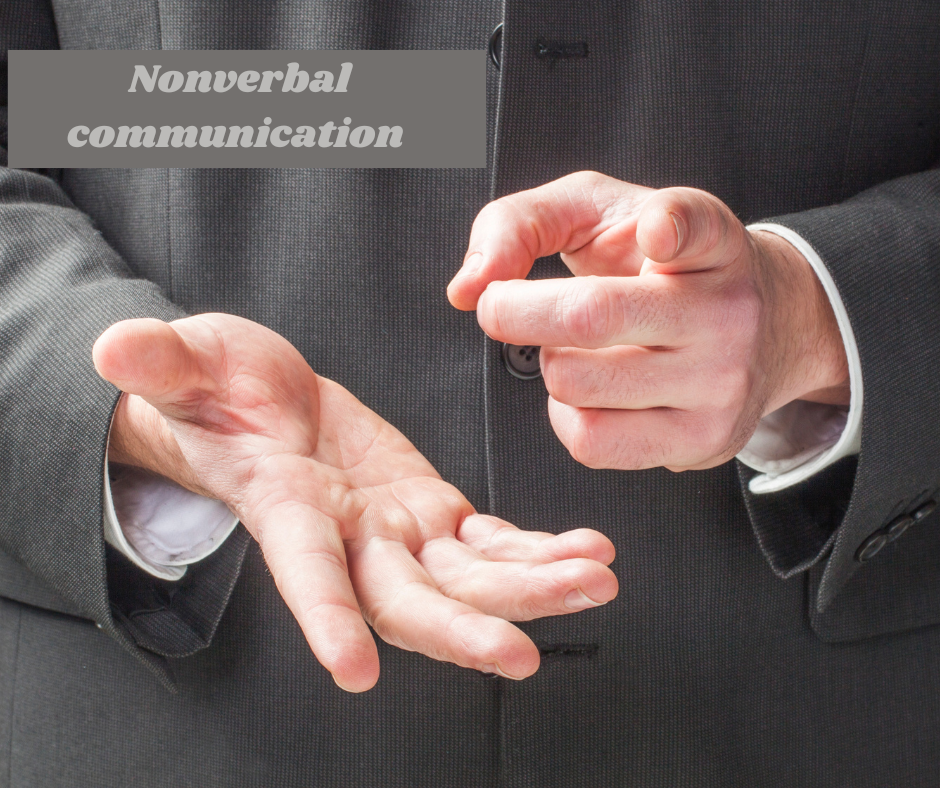
To Master non-verbal communication to enhance communication beyond words is a crucial step toward eliminating confusion, mistrust, and disengagement. Communication extends far beyond the words we speak or write. Nonverbal communication—comprising body language, facial expressions, and tone of voice—plays a pivotal role in how our messages are perceived and understood. While we often focus on crafting the perfect verbal message, the power of nonverbal cues should not be underestimated. These subtle signals can reinforce our words, convey our true emotions, and build stronger connections with others.
It doesn’t matter whethe you’re leading a team meeting, presenting to senior management, or engaging in a one-on-one conversation, your nonverbal communication skills can make or break your effectiveness as a communicator. Imagine trying to convey enthusiasm about a new project while slouching and avoiding eye contact. Or attempting to show empathy during a difficult conversation without changing your tone to reflect understanding and support. In both scenarios, the misalignment between your words and your nonverbal cues can create confusion, mistrust, and disengagement. Mastering non-verbal communication is key to enhancing your communication skills beyond words.
Mastering non-verbal communication to enhance communication beyond words is a crucial step toward establishing trust and conveyance of the intended message. Communication extends far beyond the words we speak or write. Effective nonverbal communication involves strategies for use of body language, facial expressions and tone of voice. Ensuring that your nonverbal cues match your spoken words improves clarity, improves trustworthiness, and creates more meaningful conversations.
Tips and insight delivered straight to your inbox…with a dash of storytelling. Sign up now!
Helping position individuals and organizations to become more emotionally intelligent, self aware, and inclusive.